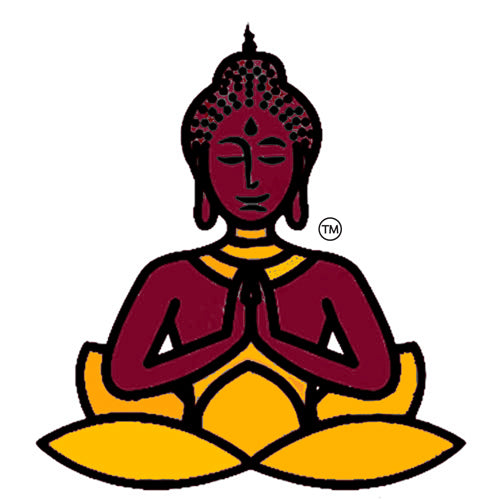Mala Meditation Beads & prayer beads
Teilen
Mala Meditation Beads & Prayer beads
The exact origin of these universal prayer items is unknown but the earliest historical use of prayer beads can be traced back to Hindu prayers around 500BC in India. It is believed the prayer bead concept was probably invented by Buddhist followers and later borrowed by Hinduism before it made its way across the world. There is even a statue of a Hindu man holding beads that date back to the 3rd century BC.
Recent evidence shows that prayer beads existed well before the times of Christ. There is a fresco picture discovered in Akrotiri of Santorini or ancient Thira which dates back to 1600 BC that depicts women holding a rope of prayer beads.
Prayer beads have been used by practitioners of Judaic religions, especially Catholics, for ages. In the early Catholic tradition, the beads were carved in the shape of roses, which gave rise to the name rosary.
Buddhist prayer beads or Buddhist Mala Beads (Sanskrit: mālā “garland”) are a traditional spiritual device used by Hindi, Buddhist and Yoga spiritual practices. Prayer Mala Bead Buddhist Necklace, are usually made of 108 beads.
Often the question arises as to why there 108 beads in a mala? What makes 108 so special?
The number 108 is considered highly auspicious in Buddhist and Hindu traditions. Although widespread in both Hinduism and Buddhism, the roots of 108 as a significant and sacred number are likely earlier. There is evidence that 108 was of special significance in Sumer, an ancient civilization seated along the Euphrates River in Mesopotamia over 5000 years ago. And, interestingly, the Sanskrit alphabet has 54 letters, with each having a masculine and feminine⎯shiva and shakti⎯form. Thus there are 108 forms in the Sanskrit alphabet.

The chakra centres are where energy lines intersect, and there are said to be a 108 energy lines which meet to form the heart chakra. One of them, sushumna leads to the crown chakra, which is the path to self-realization and enlightenment.
As well, some say humans have 108 feelings; 36 related to the past, 36 related to the present, and 36 related to the future.
There are many possible explanations as to the origin and significance of 108, however, so far it does not appear that there are any texts from ancient times that explicitly outline the actual origins of the number. Thus there is no way to verify which, if any, of the hypotheses are in fact the true reason for the significance given to 108.
How Mala Beads help with Meditation
Mala beads can help you with different aspects of meditation, which is commonly thought to link to a range of health benefits. Meditation can help reduce stress levels, improve sleep, and lower blood pressure, focus the mind, among other things.
But meditation isn’t always easy. Many people find it hard, especially in the beginning, to keep their mind from wandering off. That’s where mala beads can help.
Mala beads have the purpose of keeping you focused during meditation, and two ways a mala can help make meditation easier are: (1) The repetitive movement of your fingers across the beads helps ground you. (2) Touching each bead as you say a mantra helps you keep track of how many times you’ve repeated the mantra.
How to use Mala Beads in Meditation
You can use mala beads in a variety of ways during meditation, but breath control and mantra repetition are two good starting points.
Control your breath
Simply paying attention to your breathing can be a form of mediation. It’s helpful since you can do it anywhere. To use mala beads for controlling your breath:
Hold your mala with one hand.
Let it drape across your fingers so you can move it easily. Place two fingers around one of the beads next to the guru bead. Many people use their thumb and middle finger, as some religious traditions avoid using the index finger.
Complete one full breath (inhale and exhale).
Move your fingers to the next bead, breathing in and out once per bead.
Finish at the guru bead to complete 108 breaths.
If you want to do another round, just move your fingers in the opposite direction until you reach the guru bead again.
Repeat a mantra
A mantra is a phrase, word, or sound you can use to help focus your awareness during meditation. “Om” is a common one, but there are countless others.
You can also create your own mantra that feels reassuring or calming. For example your mantra might be “I am calm,” “I am safe,” or “I am loved.” The mantra you repeat can also vary depending on your current situation.
To use mala beads with a mantra, follow the same process as you would for controlling your breath. But instead of exhaling and inhaling at each bead, repeat your mantra. You can whisper it, say it in a loud, clear voice, or stick to a mental repetition — whatever feels best.
Note: If 108 beads seems a little long for your needs, you can also find malas with 54 or 27 beads. Some full malas include beads of different shape after every 27th bead, and this can help you keep track of your repetitions while giving you the option of doing a shorter meditation with 27 or 54 beads.
